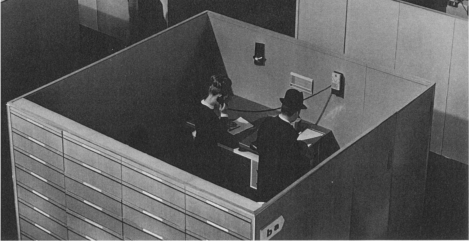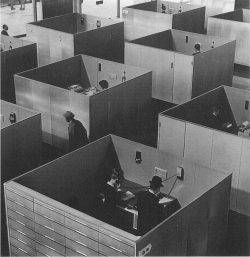To provide the best experiences, we use technologies like cookies to store and/or access device information. Consenting to these technologies will allow us to process data such as browsing behaviour or unique IDs on this site. Not consenting or withdrawing consent, may adversely affect certain features and functions.
The technical storage or access is strictly necessary for the legitimate purpose of enabling the use of a specific service explicitly requested by the subscriber or user, or for the sole purpose of carrying out the transmission of a communication over an electronic communications network.
The technical storage or access is necessary for the legitimate purpose of storing preferences that are not requested by the subscriber or user.
The technical storage or access that is used exclusively for statistical purposes.
The technical storage or access that is used exclusively for anonymous statistical purposes. Without a subpoena, voluntary compliance on the part of your Internet Service Provider, or additional records from a third party, information stored or retrieved for this purpose alone cannot usually be used to identify you.
The technical storage or access is required to create user profiles to send advertising, or to track the user on a website or across several websites for similar marketing purposes.
 While the recent Finnish pilot of universal basic income had mixed results, a trial of the other most talked about solution to our problem with work – the four day week – has been reported as far more promising. A New Zealand financial services firm called Perpetual Guardian switched its 240 staff from a five-day to a four-day week last November and maintained their pay. The results (registration) included a 20 percent rise in productivity and improved staff wellbeing and engagement.
While the recent Finnish pilot of universal basic income had mixed results, a trial of the other most talked about solution to our problem with work – the four day week – has been reported as far more promising. A New Zealand financial services firm called Perpetual Guardian switched its 240 staff from a five-day to a four-day week last November and maintained their pay. The results (registration) included a 20 percent rise in productivity and improved staff wellbeing and engagement.
































February 11, 2019
The wider debate about workplaces gives facilities managers a chance to crack the code
by Mark Eltringham • Comment, Facilities management